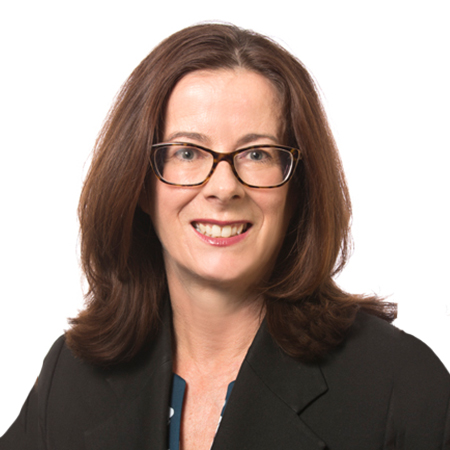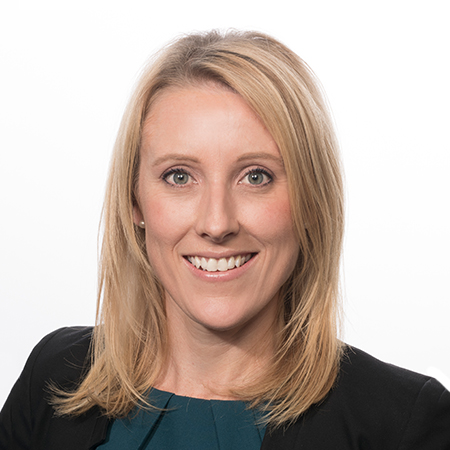The NSW Department of Planning, Industry and Environment (DPIE) is currently seeking comment on proposed changes to the State Environmental Planning Policy (Educational Establishments and Child Care Facilities) 2017 (SEPP).
Some of the key proposed amendments are summarised below.
- Increased thresholds for State significant development (SSD): Amendments are proposed to the State Environmental Planning Policy (State and Regional Development) 2011 to increase the thresholds for school development to be SSD as follows:
- New schools: Currently all new schools are SSD. Under the new proposal, only new schools with a capital investment value (CIV) of $20 million or more will be SSD. New schools with a CIV of less than $20 million will be assessed by the local council.
- Existing schools and tertiary institutions: Currently alterations and additions to an existing school is SSD if the CIV is more than $20 million (or $30 million for tertiary institutions). This threshold is proposed to be increased to $50 million for both schools and tertiary institutions and will permit the demolition and redevelopment of an existing school under this provision. Alterations and additions which do not meet this threshold will be assessed by the local council.
Where an application is no longer SSD, the application itself is less onerous as the proponent will not be required to obtain Planning Secretary’s environmental assessment requirements (SEARs) or prepare an Environmental Impact Statement (EIS). The increased SSD thresholds will mean that more development applications will be determined by local councils.
- Development within the boundaries of an existing school: References to “property boundary” in the SEPP are proposed to be amended to make it clear that this is a reference to the external boundary of the school, and not the boundaries of the individual legal lots that may make up the school site. This is a positive change that will resolve current confusion around the terminology in the SEPP and do away with the need to consolidate legal lots within a school site. A similar change will be made in relation to the assessment of noise impacts where it will be made clear that noise impacts are to be measured at the external property boundary.
- Bush fire prone land: The SEPP will be amended to clarify that bush fire prone land clauses do not apply where a development site is not itself bush fire prone, even where the development site is part of a larger lot which contains some bush fire prone land. This is a welcome amendment as it will ensure that the bush fire risk of the development site itself is considered, rather than other land within the lot boundary which is not the subject of development.
- Minimum separation distances between child care centres: DPIE are considering imposing a minimum separation distance of 200m between child care centres in the R2 – Low Density Residential zone. This amendment would address community concerns raised with DPIE about amenity impacts where there is a concentration of child care centres in low density residential areas. Cumulative impacts are generally able to be assessed under the Environmental Planning and Assessment Act 1979 when a development application is lodged. That said, circumstances in which two child care centres will be proposed within 200m of each other in a low density residential zone are not likely to occur often and so if the clause is introduced, it will be likely to have a very limited impact.
- Student housing: In support of the proposed Housing Diversity SEPP, which creates a new definition for student housing, the SEPP is proposed to be amended to permit student housing as development with consent, provided it is within the boundaries of an existing educational establishment.
- Tertiary Institutions: The limit on construction of facilities by or on behalf of a public authority as development without consent will be increased from one storey to two storeys within the boundaries of an existing tertiary institution. Such development will remain the subject of the current restrictions in the SEPP relating to existing traffic and transport arrangements and compliance with existing conditions of consent. The limit on car parking will remain at one storey. An identical change is proposed in relation to schools, where the construction of two storey facilities by or on behalf of a public authority will be permitted without consent on land within the boundaries of an existing school.
- Innovation hubs at tertiary institutions: The SEPP is proposed to be expanded to permit innovation hubs as development with consent, within the boundaries of an existing tertiary institution. Innovation hub activities will typically include commercial uses associated with the tertiary institution, but would not include residential accommodation. This is a welcome expansion of the types of development permitted at tertiary institutions and facilitates partnership with business, however it will be interesting to see which activities are supported when additional detail is provided by DPIE.
There are a number of other welcome amendments proposed to the SEPP which seek to improve consistency and improve the operation of the SEPP. There are similar amendments proposed to the Child Care Planning Guideline and the Guide to the Education SEPP.
DPIE has published an Explanation of Intended Effects outlining the changes proposed which is open for comment here until 17 December 2020.
This article was written by Jane Hewitt, Partner and Danielle Le Breton, Special Counsel.


